My First Homebrewing Experience Part 1
November 20th, 2012 by Scott in Beer Culture
The other night I started on my first batch of homebrewed beer. A few weeks ago LivingSocial had a deal for a fairly inexpensive homebrewing starter kit from Midwest Supplies. I took them up on the offer and a few days later had a homebrewing kit at my door.
 The biggest pot I had in the kitchen wasn’t quite big enough (they recommend using a minimum of 1.5 gallons of water to begin and my largest pot was 1.5 gallons), so I went out in search of something bigger. Surprisingly Target had a great deal; I bought a turkey fryer (30 quart pot and burner) for $17. For this first attempt I’m just using the stove but in the future I could see the propane burner being beneficial. I already boiled water in the majority of the pot to oxidize the aluminum; this will hopefully keep the wort from picking up an aluminum flavor.
The biggest pot I had in the kitchen wasn’t quite big enough (they recommend using a minimum of 1.5 gallons of water to begin and my largest pot was 1.5 gallons), so I went out in search of something bigger. Surprisingly Target had a great deal; I bought a turkey fryer (30 quart pot and burner) for $17. For this first attempt I’m just using the stove but in the future I could see the propane burner being beneficial. I already boiled water in the majority of the pot to oxidize the aluminum; this will hopefully keep the wort from picking up an aluminum flavor.
Included in the homebrewing kit was a kit to make a batch of amber ale, including the grains, malt extract, hops, and yeast. The first task is to steep the grains; put the crushed grains in a muslin bag and soak them in three or so gallons of water for 30 minutes at 155 degrees. It’s very similar to putting a tea bag in a cup of water, only on a much bigger scale.
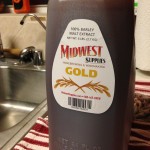 After steeping, remove the pot from the stove and add the malt extract. This kit came with a half gallon of liquid barley malt extract to add to the wort. After mixing in the malt extract, return the kettle to the burner and get it to a rolling boil. Once it gets to boiling, a foam rose from the wort that I had to be careful with as it wanted to boil over. I turned down the heat but kept it at a boil and the foam receded.
After steeping, remove the pot from the stove and add the malt extract. This kit came with a half gallon of liquid barley malt extract to add to the wort. After mixing in the malt extract, return the kettle to the burner and get it to a rolling boil. Once it gets to boiling, a foam rose from the wort that I had to be careful with as it wanted to boil over. I turned down the heat but kept it at a boil and the foam receded.
Once it’s boiling, add these delicious smelling hops. This amber ale calls for one ounce of Hallertau hops as bittering hops. Does anyone know why hops are packaged in the same electrostatic bags that hard drives and other computer parts are shipped in? I digress.
The wort then needs to be boiled for an hour. During this time, it’s a good idea to get the fermenter and anything else needed sanitized as everything that comes into contact with the wort after the boil needs to be sanitized. The kit came with a no-rinse sanitizing powder that is mixed with water. Then scrub the fermenting bucket, lid, spoons, airlock, and anything else with a sponge to sanitize it.
One ounce of Fuggles hops goes in about two minutes before the boil is finished. The aroma is really starting to fill the kitchen and it smells pretty good. After the boil, the wort needs to be cooled fairly quickly. I took the kettle and put it in the sink, then filled the sink with ice. Once the ice melted, I kept filling the sink with cold water and stirring the wort. It eventually made it down to 80 degrees, and now I understand why Midwest and other places sell wort chillers. It’s much easier to take a coiled copper pipe, stick it in the wort near the end of the boil, and run cold water through it than doing all of this.
Now that it’s finally cool, time to put it in the fermenter. We do this by… just dumping it in. Pouring it in also helps get oxygen into the wort which helps with fermentation. Since this kit came with dry yeast, just sprinkle in the yeast packet, then put the lid on and stick the airlock in the hole in the lid. The airlock is half-filled with sanitizing solution and allows the carbon dioxide that is a byproduct of fermentation to escape while keeping the outside air out. At this point, I put the fermenter to the side, cleaned up and went to bed.
The next morning I was heading out the house and heard a bubbling noise. Sure enough, it was the carbon dioxide bubbling through the airlock as the yeast turn sugar into alcohol and carbon dioxide.
The brew is supposed to ferment for two weeks; once that happens it will be time to bottle the beer. So now we wait, and I’ll write again once the beer has been bottled (which will likely be a much shorter post).















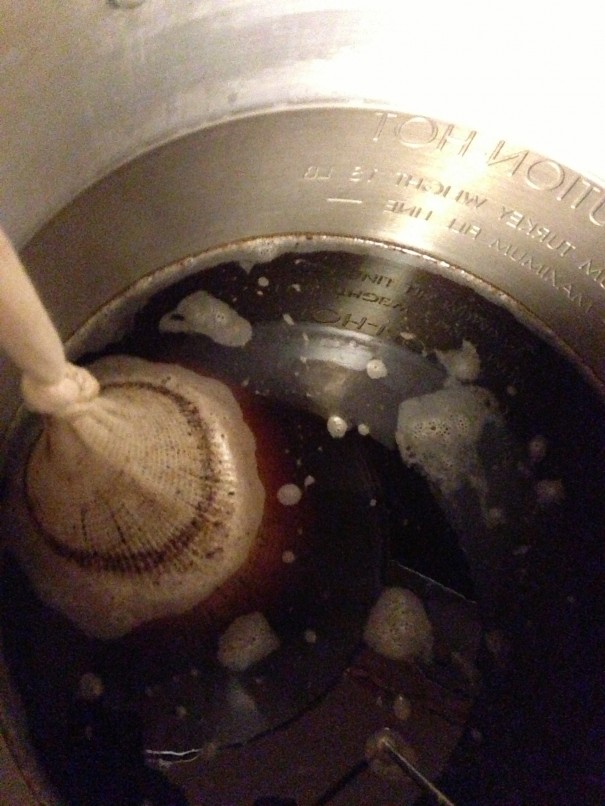
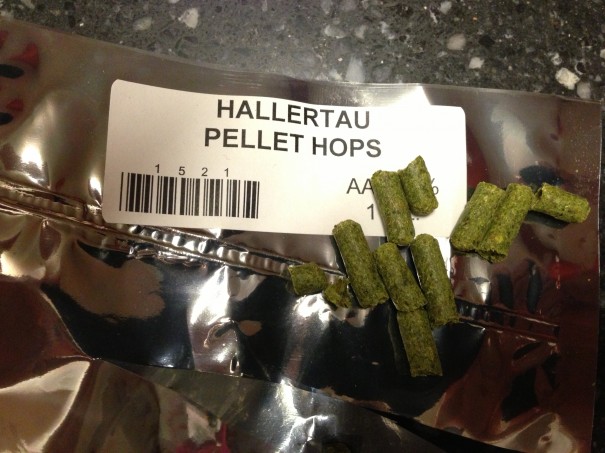


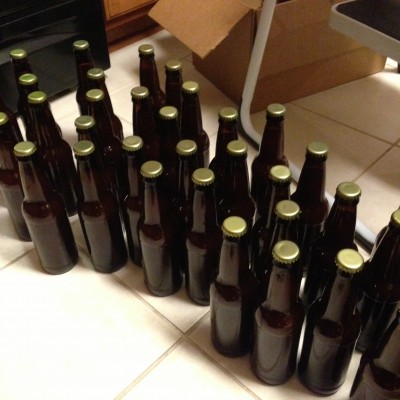



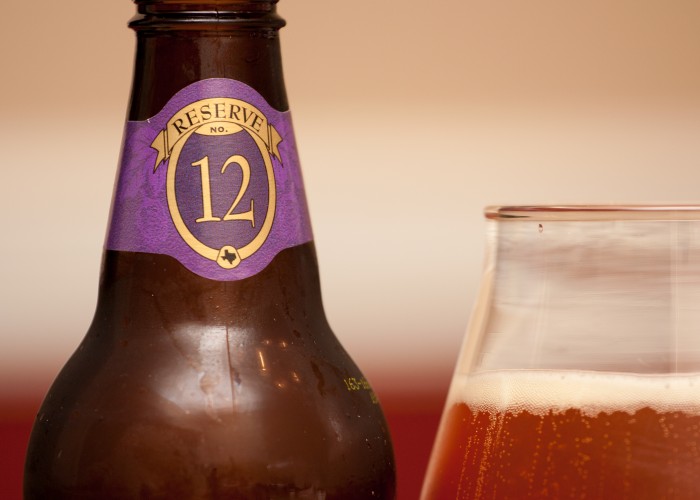
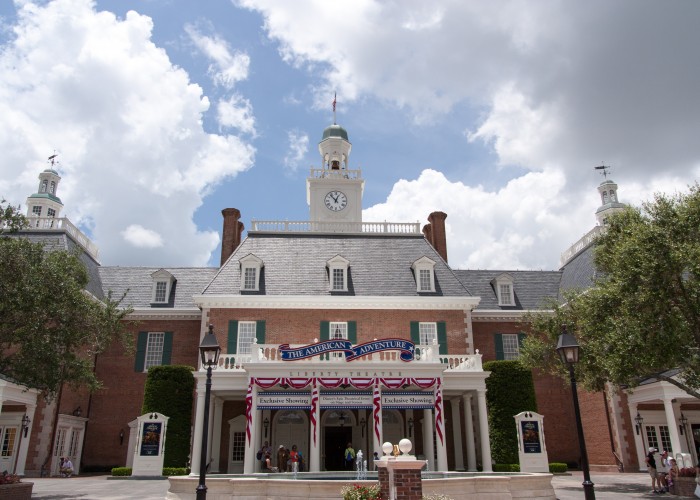
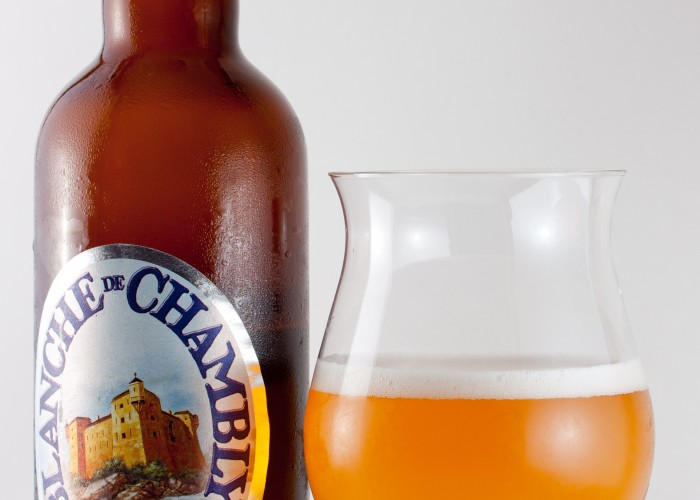

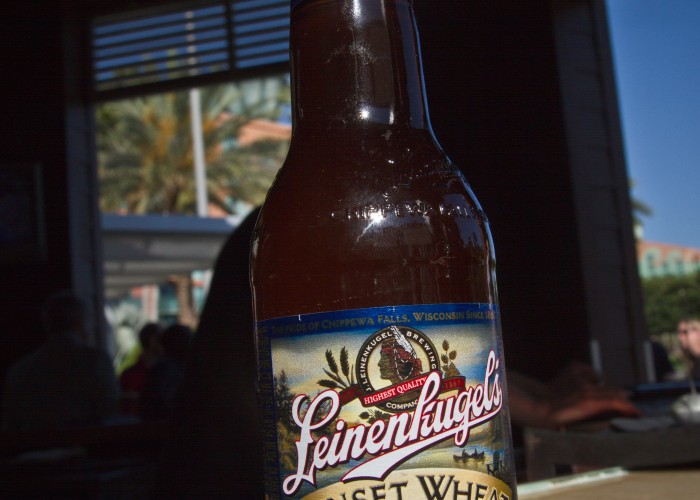
Ken Goyette
Congrats on your first brew. Just beware bottling is basically the worst…